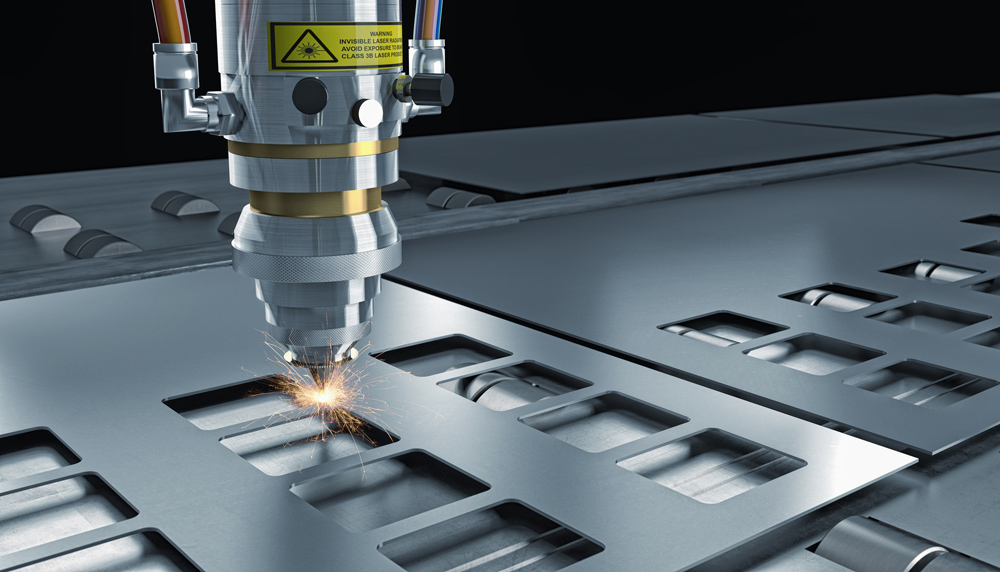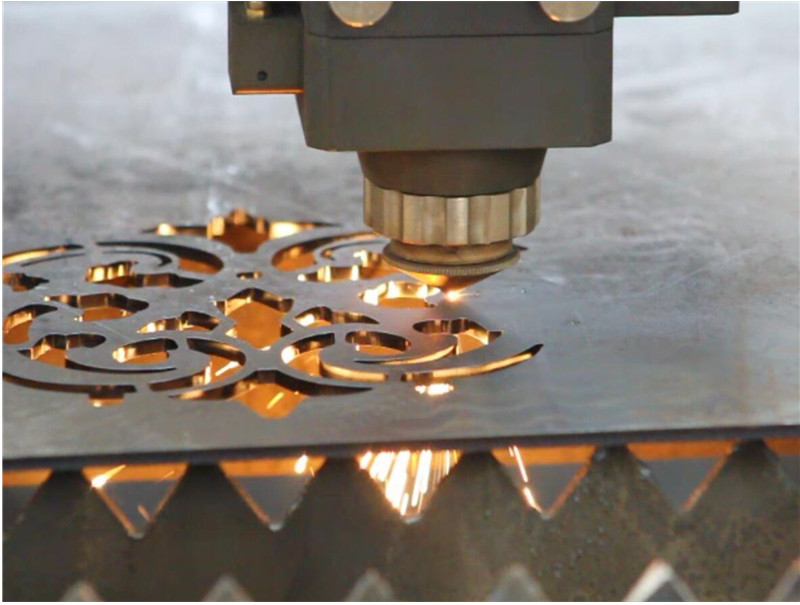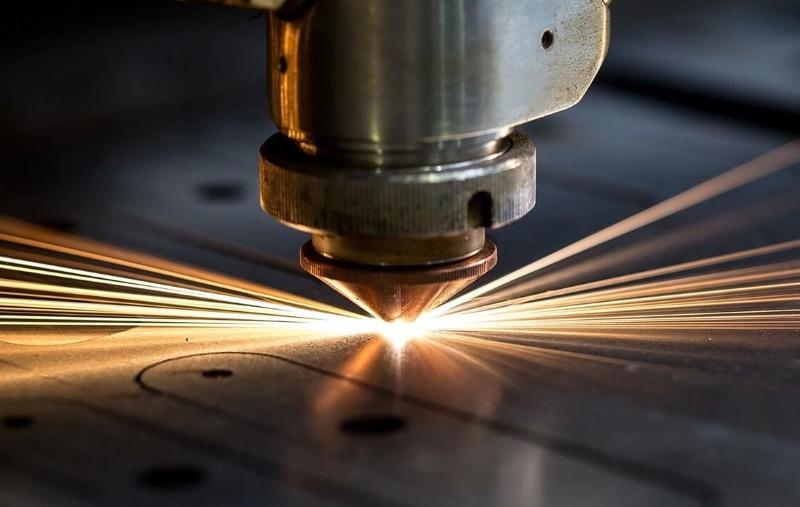Precision cutting is a technique that puts focus on straight, clean angles and dramatic lines with great emphasis on the details. With the digitization of most machine tools, precision cutting and high-performance are now within reach of even the smallest manufacturer. Precision cutting is cherished for two reasons – it involves very low operation errors and features near-perfect grinding.
Importance of Precision Cutting
Whether you intend to apply it to sharpen the saw blade for specialized use or for general industrial use, precision cutting is important for these reasons:
-
Low production cost
The accurate and comprehensive nature of precision cutting tools reduce waste material, use less labor, and reduces the possibility of mistakes. Because of the resultant low production costs, today’s manufacturing industry is starting to increasingly use automated systems to make super accurate cuts in operations.
-
Fast production
Because objects are cut accurately, less time is spent aligning things or correcting errors. Owing to the fact that precision cutting systems are automated and can perform repeatable cutting tasks with great level accuracy, production processes run to completion faster than they used. Human beings can’t beat precision machines and tools when it comes to accuracy and speed. Reduced turnaround time assists companies to meet market expectations as well as achieve sustainable growth.
-
Operational efficiency
Precision machining processes depend almost entirely on computer-controlled systems that can run automatically and with high speed with very minimal or no human intervention. This can mean a manufacturer will depend on much less workforce to cut and process the parts. This reduction in the costs of production and improvement in the quality of the product can enhance your operational efficiency. However, it is important to bear in mind that skilled labor is a necessity if you want to operate advanced systems and machines, leave alone those dedicated to precision cutting.

-
Improved speed
Precision cutting can clearly outperform other non-precision systems as well as anything else controlled by human hands. That’s both in accuracy, speed, and overall output.
-
Reduced risk factor
Mistakes, whether mechanical or human, can easily slow down the whole production process and even increase the cost of production. However, it’s possible to remove human error from your production processes using precision cutting systems.
Cutting Precision Factors
These factors can have an influence on your choice of precision cutting as well as your approach:
-
Stiffness
When metallic objects are subjected to an external force, the shape tries to change while producing a force to counteract this change – it’s called stiffness. For most machine tools, this stiffness is key to successful cutting and machining with the required accuracy. While today’s tools are designed to progressively meet stiffness requirements of most surfaces, in cases where smaller, say, micron-order or higher precision is necessary, users need a more deep understanding of the stiffness of the surface.
-
Thermal deformation
Most objects tend to expand with an increase in temperature. Metallic objects are no exception, and to measure their length, the measuring room needs to be temperature-regulated if you want to get better results.
It’s the same thing in machining – operators should take care to prevent thermal deformation on surfaces.
-
Cutting movements
Precision cutting also means cutting off parts from objects or work-pieces using a high-precision cutting tool. Broadly defined, 2 movements—cutting movement and feeding movement—are required in machining.
Precision cutting, just like any cutting is the careful movement that cuts parts from the work-pieces and can be generally achieved by a cutter moving in a single straight line.

-
Machining and deflection
When you are in the middle of machining, your tool and the work-piece come into contact with each other and their forces end up interfering with each other, thus generating deflection. It’s important to note that the resultant deflection varies widely according to your choice of tool.
For example, if you use just any type of cutting tool, the level of deflection will depend on factors like the kind of material used to make the work-piece, the area of your cutting end, and the kind of cutting tool.
-
Machining & speed
On your machining work floor, the overall work efficiency is a key element along with quality control. Speeding up your machining improves efficiency.
However, accelerating the speed of your machine requires extra planning because of the danger of thermal deformation and increased deflection caused by very high speeds.
Precision cutting is a cutting technique that puts focus on straight, clean angles and dramatic lines with great emphasis on the details.The importance of precision cutting cuts across several industries, but mainly involves reduced risk factor, improved speed, operational efficiency, fast production, and low production cost
There is precision cutting factors that you need to consider and includes machining and speed, machining and deflection, cutting movements, thermal deformation, and stiffness.






